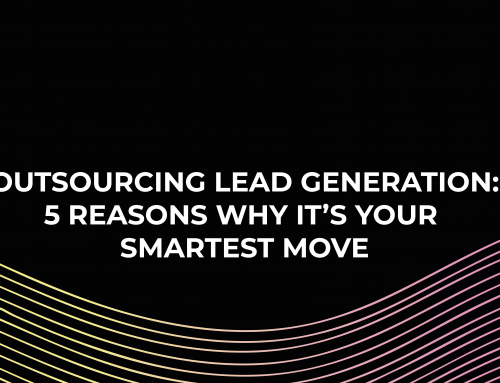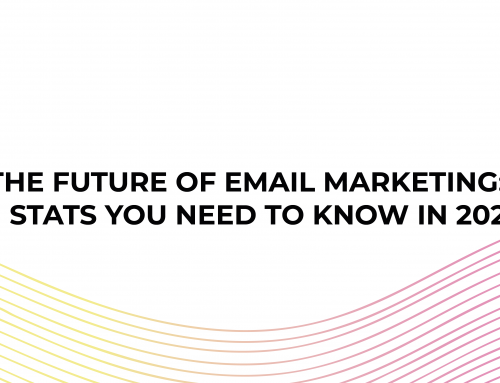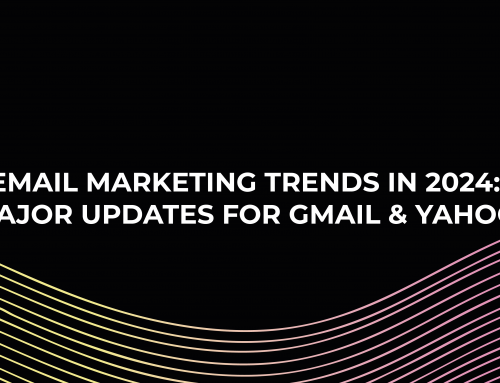B2B & B2C Email Marketing: Key Differences
Designing and creating B2B email marketing campaigns is a completely different ball game when compared to the B2C email marketing methods we’re used to reading.
That’s not to say that the two don’t share any similarities in their approaches; however, B2B email marketing can often be a hurdle where many people stumble and most online resources tend to be catered towards B2C businesses.
In this blog we explore some best practices and advanced strategies B2B companies can use to optimise their campaigns and really make the most out of their email marketing efforts:
So What Makes B2B Email Marketing Different?
Target Audience & Key Decision Makers
One key thing to remember when you are marketing towards either industry is that at the end of the day, you are always marketing towards a person, whether that person is acting for themselves or on behalf of a business
That being said, when marketing your product or service B2B there are often multiple people who are going to be involved in making that purchase decision, so you are no longer trying to appeal to a lone consumer and instead trying to write content that appeals to a group of executives.
To understand how many people your B2B email campaign may be seen by/ go through, here is a real life example of some people within a business you may have to consider when crafting your campaigns:
1. A Marketing Executive may initiate the search for a product/ service or be the first recipient of a cold email campaign.
2. A Marketing Manager or Senior Marketing Executive may be the next person in the chain of command who will evaluate your proposal and offer some opinions based on their knowledge of the sector.
3. A Marketing Director Or Head Of Marketing may determine if the solution is worthwhile and most importantly within budget for the business at that moment in time
4. The Employees who will be the main users of your product/ service may be consulted by the senior management team to see if they value what you are offering, these individuals will also be the driving force behind the decision to keep using your services.
B2B Sales Cycles & Lead Times
B2B sales cycles tend to be a lot longer compared to B2C as many B2C purchases are made quickly and impulsively and therefore the branding and marketing of these products is focused very differently.
Compare that to B2B purchasing, which takes a lot more time and research before committing to it, various meetings and committees will be conducted before the deal is finalised, as these important and expensive business decisions cannot be made on a whim.
So, when conducting your B2B email marketing, you should have a deep understanding of your customers journey and their sales cycle that they will need to go through before they finalise the purchase.
The timing of the information that you supply them with at each stage of the journey plays a huge part in getting the sale across the line.
Now we may be biassed but, this is exactly where email marketing excels and is such a perfect channel for this kind of marketing, as it provides businesses and their customers a direct communication channel, perfect for nurturing different segments of your audience at different stages of the funnel, your job is to properly organise and operate this funnel.
B2B Lead Generation And List Building
The ways in which B2B and B2C businesses gather contacts and build their email list is one of the main differences between the two.
For B2C companies list building is relatively simple as consumers who are interested in your brand, product or service can easily subscribe to find out about new products, upcoming deals and company news.
Often consumers will end up subscribed to a B2C companies list after their first purchase.
Building an email list as a B2B business is a lot more complex. In general most B2B businesses don’t have the flashy products and social media opportunities that B2C companies have at their disposal just due to the nature of both the sectors.
B2B businesses such as manufacturers, financial institutions, Insurance companies and healthcare providers, put simply, are not as glamorous or attractive as clothing, electronics and food brands, so B2B businesses need to be innovative in their approach to list building and contact acquisition.
Here are some clever ways B2B companies can gain new email subscribers and grow their list:
- Added by a sales representative or a marketing executive who they have contacted/ been contacted by
- Website pop ups, with contact forms attached
- Lead magnets on social media channels
- Networking at in person events or a digital webinar
- Collect email info when offering a demo or a free trial
By utilising these different list building methods B2B companies can grow their email lists quickly and efficiently.
Where the challenge arises is in the organisation and maintenance of your email list.
Maintaining good email list hygiene is a hugely important B2B email marketing best practice. Click here to read our full blog on 5 Strategies for Good Email List Hygiene.
Wrap Up
In conclusion, understanding the key differences between B2B and B2C email marketing is essential for any marketer aiming to excel in the world of digital marketing.
While both B2C & B2B sectors share some common principles, such as the importance of creating catchy subject lines, writing engaging content and ensuring deliverability, the differences occur in the distinct audience behaviours, decision making process and relationship building.
By recognizing these key differences and tailoring your email marketing approach accordingly, you can fully optimise your B2B email marketing efforts. Whether you’re nurturing professional relationships in the B2B space or building a healthy email list, a strategic, well-informed email marketing strategy is the key to unlocking success.




